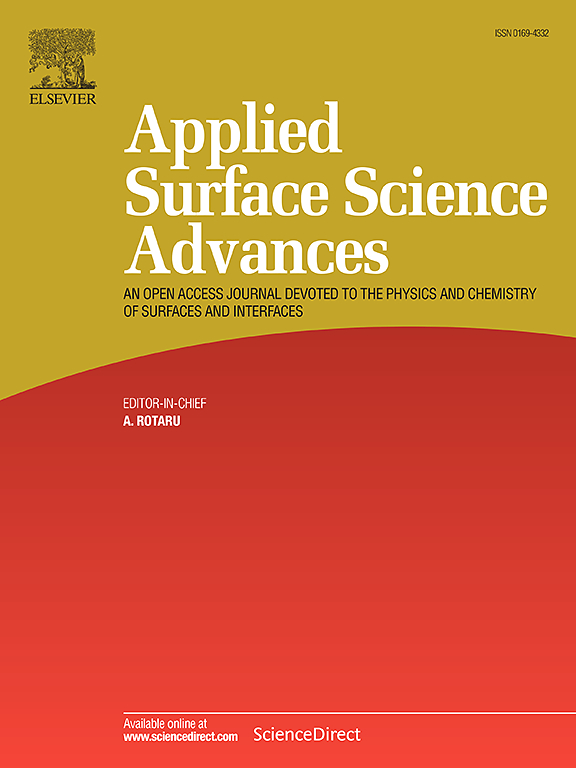Advanced surface engineering of TZO nanostructures via irradiation technique for enhanced nitric oxide (NO) gas sensitivity
IF 7.5
Q1 CHEMISTRY, PHYSICAL
引用次数: 0
Abstract
This manuscript investigates the enhancement of gas sensing properties of titanium-doped zinc oxide (TZO) nanostructures using intense pulsed ion beam irradiation (IPIB). TZO nanostructures synthesized using the sequential ion-layer adsorption and reaction (SILAR) method were subjected to two different treatments: thermal annealing at 500 °C under nitrogen atmosphere and IPIB. The study investigates the morphological, structural, optical, electrical, and gas-sensing properties of TZO with a focus on the sensitivity and selectivity to nitrogen monoxide (NO) and other gases. The results show that both annealed (aTZO) and irradiated (iTZO) nanofilms exhibit enhanced root-mean-square (RMS) roughness, resulting in improved gas sensing performance. IPIB irradiation induced significant lattice distortions and defects, which played a critical role in the dramatic performance improvement of the iTZO sensors. In particular, iTZO demonstrated a remarkable 1300 % improvement in response to 100 ppm NO at 200 °C. Furthermore, Density Functional Theory (DFT) results revealed that NO gas exhibited a moderate adsorption energy on defective TZO material compared to pristine TZO. This research demonstrates the effectiveness of IPIB irradiation in improving TZO-based gas sensors, suggesting potential for environmental monitoring and industrial applications. Future studies may explore the scalability of this technique and its application to other metal oxide semiconductors to develop advanced gas sensors.

求助全文
约1分钟内获得全文
求助全文

 求助内容:
求助内容: 应助结果提醒方式:
应助结果提醒方式:


